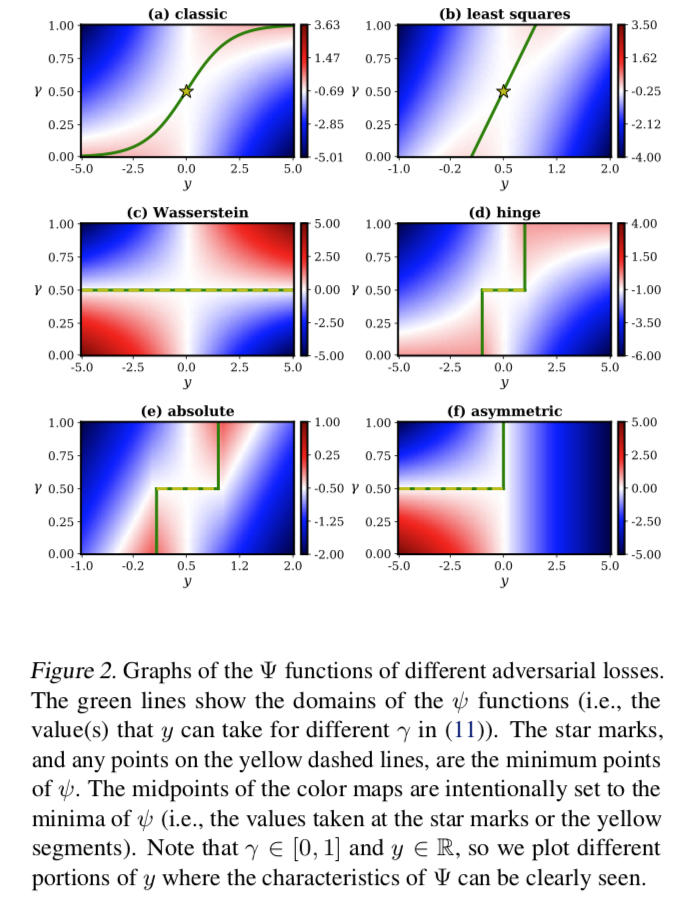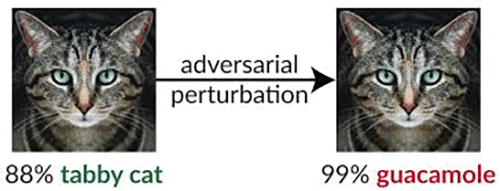Recommended Source
Under the "More on Philosophies of Copyright" section, I recommended adding the scholarly article by Chinese scholar Peter K. Yu that explains how Chinese philosophy of Yin-Yang can address the contradictions in effecting or eliminating intellectual property laws. One of the contradictions is in intellectual property laws protecting individual rights while challenging sustainability efforts for future generations (as climate change destroys more natural resources.
Yu, Peter K., Intellectual Property, Asian Philosophy and the Yin-Yang School (November 19, 2015). WIPO Journal, Vol. 7, pp. 1-15, 2015, Texas A&M University School of Law Legal Studies Research Paper No. 16-70, Available at SSRN: https://ssrn.com/abstract=2693420
Below is a short excerpt from the article that details Chinese philosophical thought on IP and sustainability:
"Another area of intellectual property law and policy that has made intergenerational equity questions
salient concerns the debates involving intellectual property and sustainable development. Although this
mode of development did not garner major international attention until after the 1992 Earth Summit in
Rio de Janeiro, the Yin-Yang school of philosophy—which “offers a normative model with balance,
harmony, and sustainability as ideals”—provides important insight into sustainable development."

 Image Credit: Detail from "
Image Credit: Detail from "
